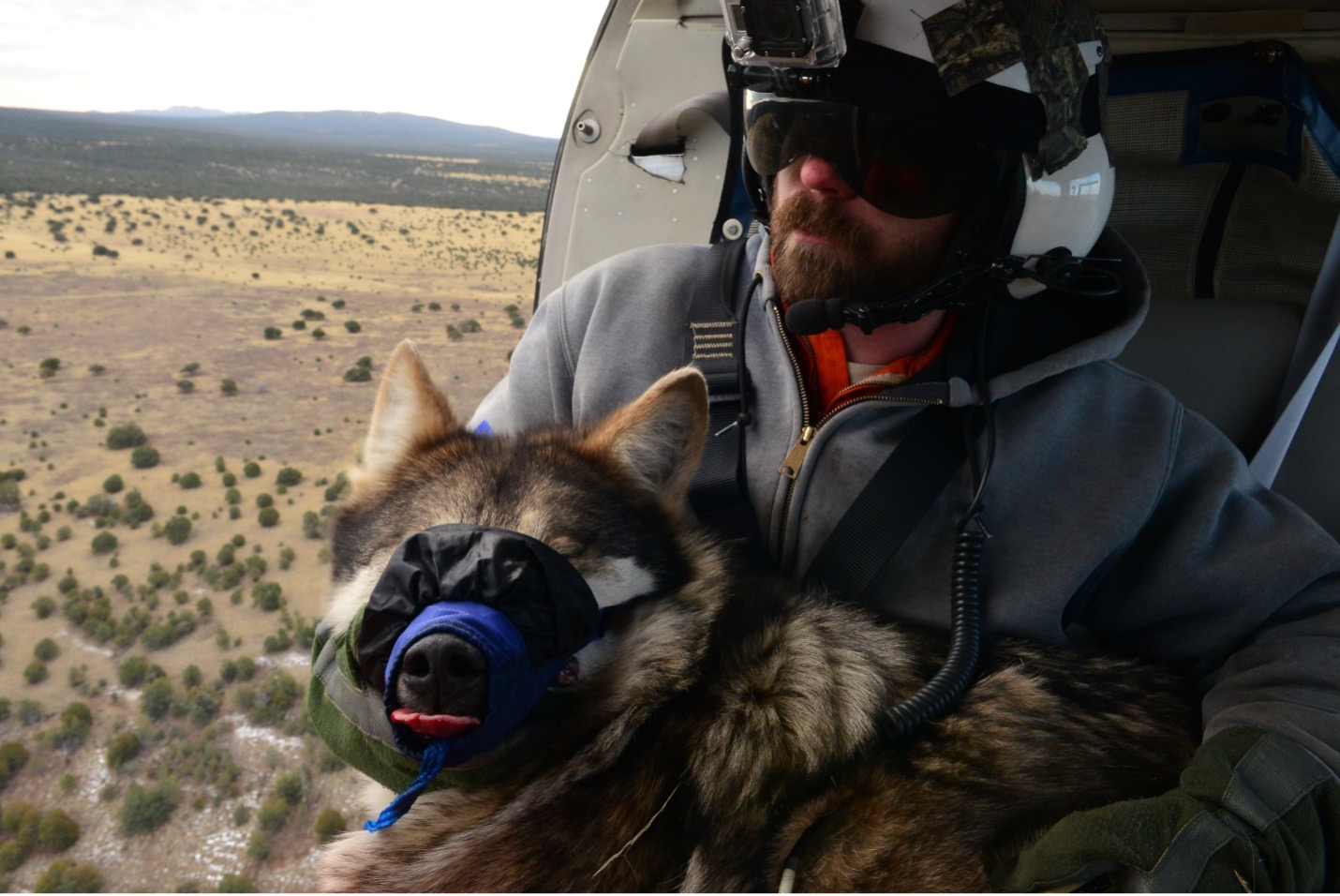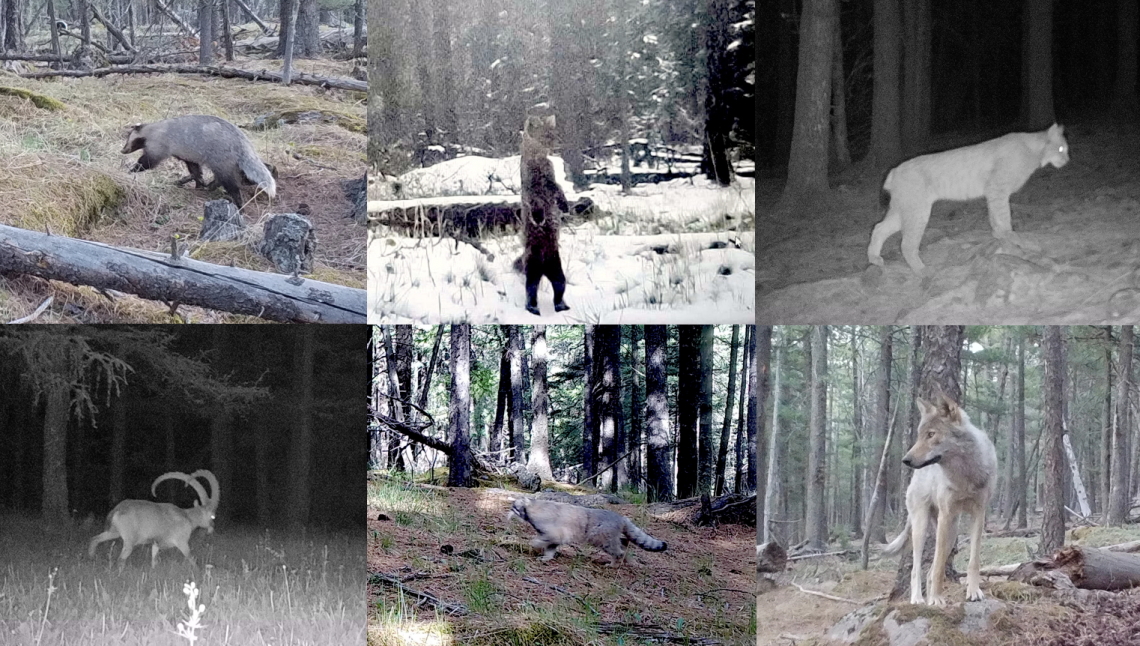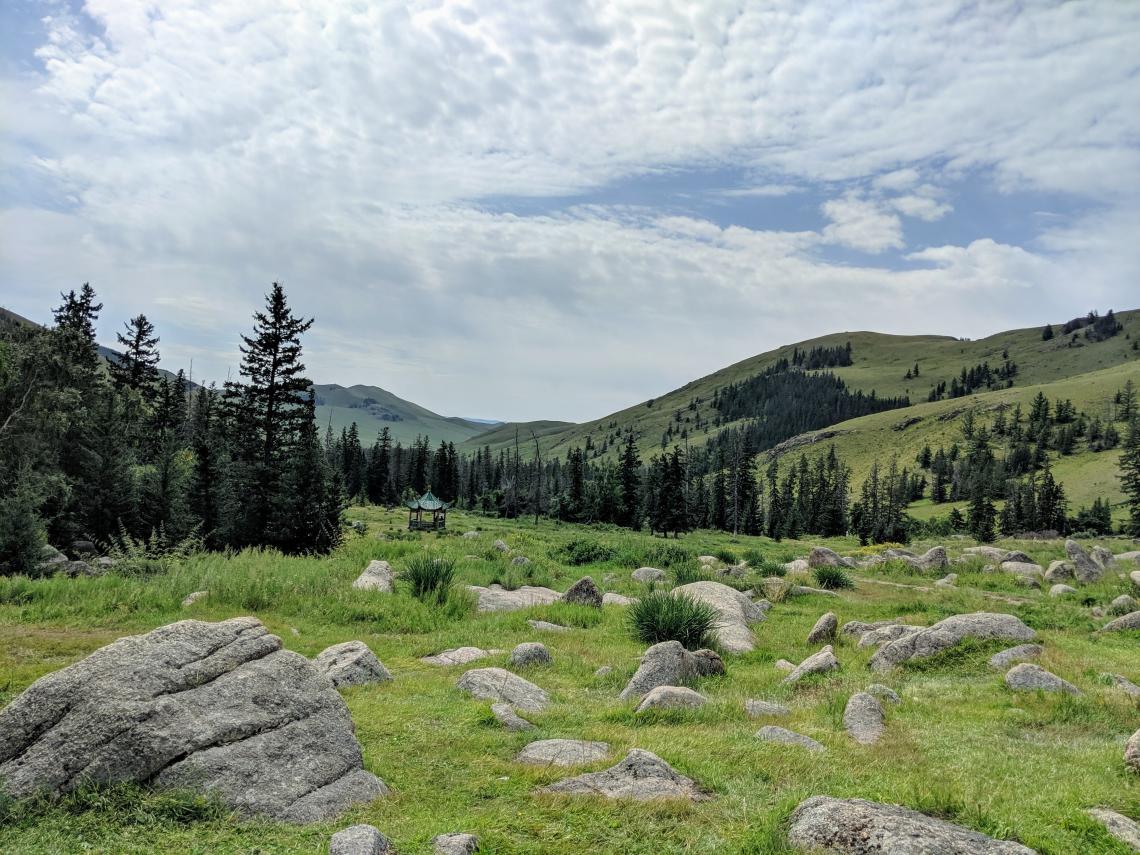New master's project launching in Bogd Khan Mtn. Strictly Protected Area
Dolphin_wolf.jpg

Meet Jeff.
Jeff Dolphin is a master’s student in the Koprowski lab studying interactions between wolves and feral dogs in Mongolia. He has worked previously with wolves in Arizona and is carrying his expertise forward to address conservation concerns for Mongolia’s wolves.
Originally from Erie, Colorado, Jeff is an outdoorsman through and through. He is most content in the field searching for wildlife, hunting, and fishing. But when he can’t be in the field, he enjoys life in Laramie, Wyoming with his wife, Mari (see our previous posts for her story!), and their daughter, Isabella. Field work in Mongolia is fascinating. The landscape looks very similar to some of those in the American West – vast rolling green hills dotted with trees. But the animals are a little bit different, and there is still much to learn about their environment. Much of Mongolia’s wildlife may look oddly familiar to the average American; many species are Eurasian counterparts to those in North America. Our wildlife cameras have so far revealed Asian badgers, sables (a species of marten), Eurasian lynx, Pallas’ cat, and of course, the Mongolian wolf.
Screen Shot 2022-09-06 at 9.25.06 AM.png

In partnership with the Mongolian Academy of Sciences (MAS) we are assessing the wildland-urban interface between wolves and feral dogs in The Bogd khan Mountain Strictly Protected Area (BMSPA). Almost half the population of Mongolia lives in the country’s capital of Ulaanbaatar, which is located near the boundary of BMSPA. Due to urban expansion around Ulaanbaatar within the last 30 years, more feral animals from the city that may have negative impacts on wildlife in the nearby biosphere reserve, which is one of the oldest protected areas on Earth going back to the 12th century.
We are collaborating with MAS Institute of Biology’s Mammalogy lab to set trail cameras and survey locals regarding wolves and feral dogs interactions in BMSPA. The data we collect over the next few years will help Mongolian wildlife officials address these concerns and develop effective management tools that protect surrounding wildlife from further urban expansion.
Follow us on Instagram and twitter (@helpsavewldlife) for updates on Jeff’s work and our other conservation projects.


